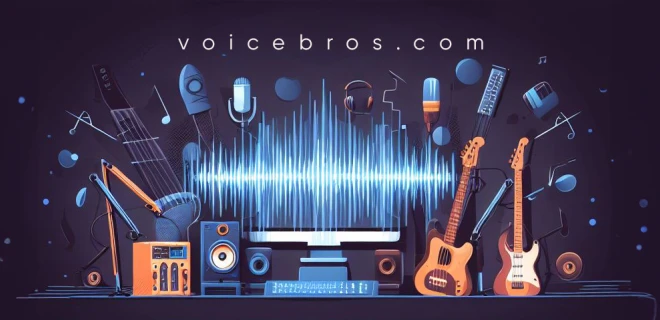Outline of the Article
Introduction
Understanding Analog Audio
Understanding Digital Audio
Pros and Cons of Analog Audio
Pros and Cons of Digital Audio
Sound Quality Comparison
Recording and Editing Methods
Analog vs. Digital in Music Production
Preservation and Longevity
Analog and Digital Audio in Modern Times
The Analog Revival
Conclusion
FAQs
Analog vs Digital Audio: Exploring the Soundscape
Introduction Analog vs Digital Audio: Exploring the Soundscape
The realm of audio has witnessed a profound transformation over the years, primarily shaped by the divide between analog and digital technologies. In this article, we delve into the fascinating world of sound, comparing analog and digital audio to understand their characteristics, applications, and the enduring debate surrounding their merits.
Understanding Analog Audio
Analog audio is the foundation upon which the world of sound reproduction was built. It's the technology of translating sound waves into electrical signals that mirror the original audio waveform. Analog audio is warm, organic, and retains the nuances and imperfections of the source material.
Understanding Digital Audio
Digital audio, on the other hand, is the modern approach to capturing and reproducing sound. It digitizes sound into a series of binary code, resulting in a precise, quantized representation of the audio. It offers clarity and consistency but may lack the warmth and character of analog.
Pros and Cons of Analog Audio
Analog audio boasts a natural, rich sound, making it preferred for vinyl records and vintage audio equipment. However, it can be susceptible to noise and degradation over time.
Pros and Cons of Digital Audio
Digital audio excels in accuracy and convenience, ideal for modern recording and playback devices. It's resistant to degradation but can sometimes sound clinical and lack the character of analog.
Sound Quality Comparison
The ongoing debate over sound quality often pits analog's warmth against digital's precision. The choice largely depends on the desired sound aesthetic and the intended application.
Recording and Editing Methods
Analog recording involves tape machines and analog consoles, while digital uses computers and software. The editing process also varies, with digital being more flexible and precise.
Analog vs. Digital in Music Production
Both analog and digital are embraced in music production, with each serving different purposes. Many artists blend both to capture the best of both worlds.
Preservation and Longevity
Analog recordings, when well-preserved, can last for decades. Digital formats, however, require constant migration to new formats to prevent loss.
Analog and Digital Audio in Modern Times
The music industry has seen the resurgence of analog equipment, as artists seek its unique qualities. Digital, on the other hand, continues to dominate the mainstream audio landscape.
The Analog Revival
Vinyl records and analog synthesizers are experiencing a renaissance, appealing to those who appreciate the vintage, tactile qualities of analog audio.
Conclusion
The analog vs digital audio debate is far from resolved, as both have their distinct advantages and applications. The choice between the two ultimately depends on the context, the desired sound, and personal preferences. In the evolving world of audio, both analog and digital coexist, offering us a rich and diverse soundscape.
FAQs
1. Which is better, analog or digital audio?
There's no definitive answer. It depends on your preferences, the context, and the desired sound quality.
2. Are analog recordings more prone to degradation?
Yes, analog recordings can degrade over time, making proper preservation essential.
3. How is digital audio edited compared to analog?
Digital audio is edited on computers, offering precision and flexibility, while analog requires physical tape and equipment.
4. Is analog making a comeback in the music industry?
Yes, analog equipment and vinyl records are experiencing a revival among artists and audiophiles.
5. What are some common applications for analog and digital audio?
Analog is often used for its warm, vintage sound, while digital is prevalent in modern recording and playback devices.










